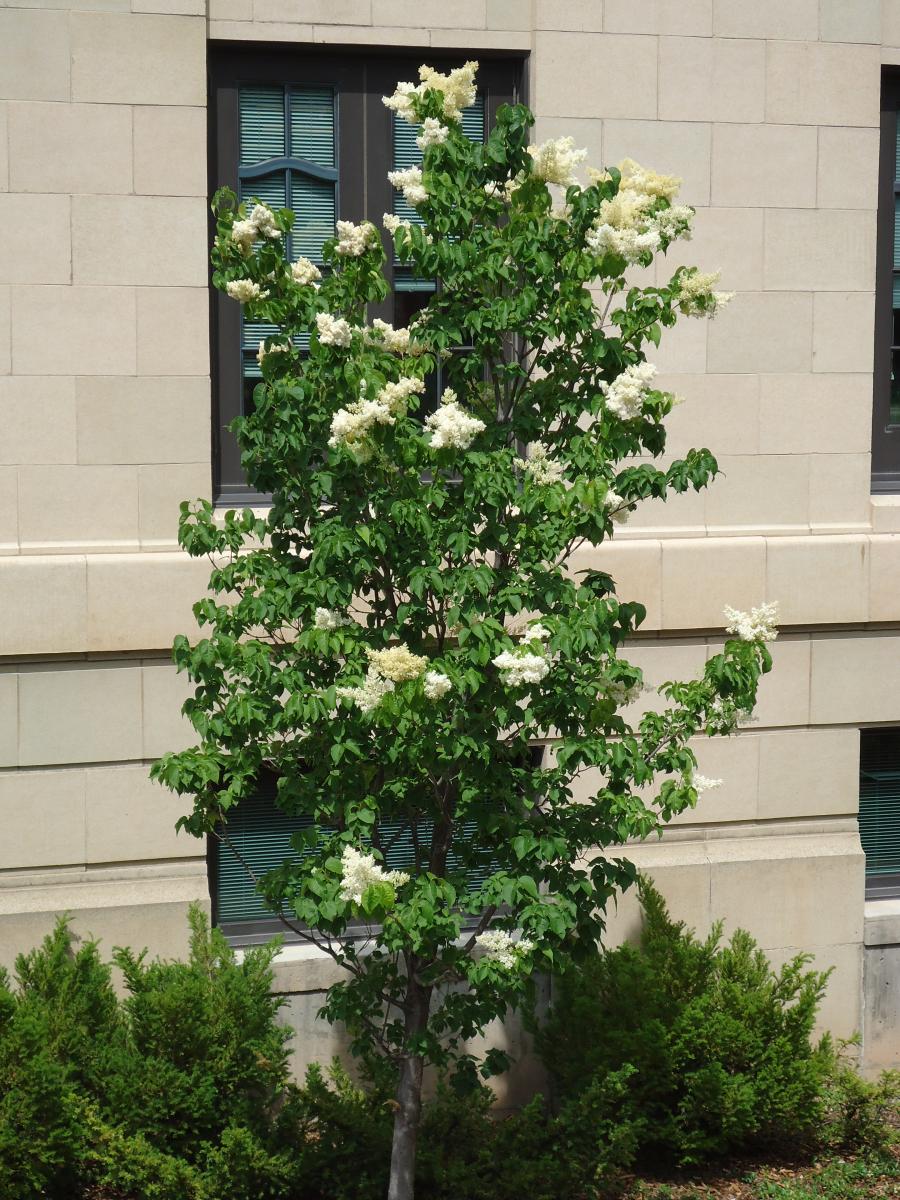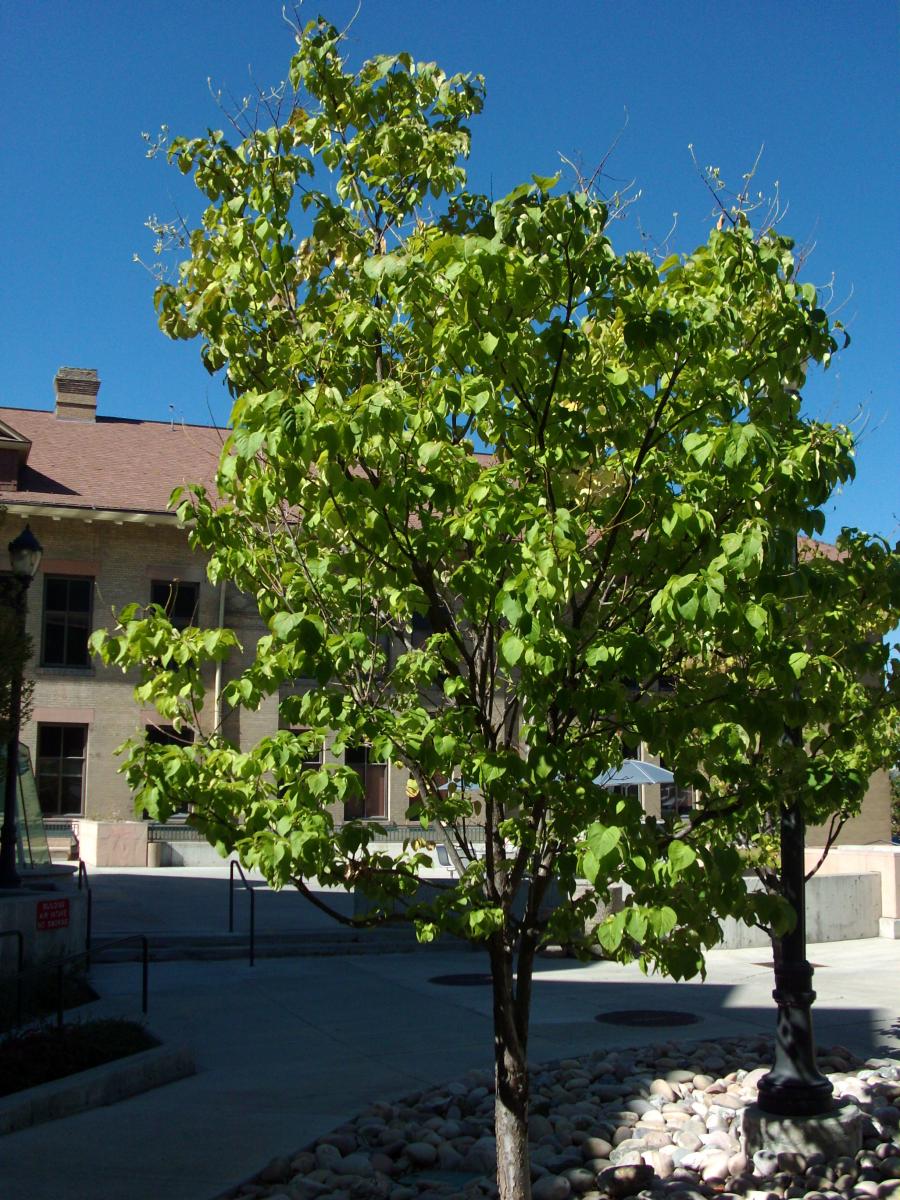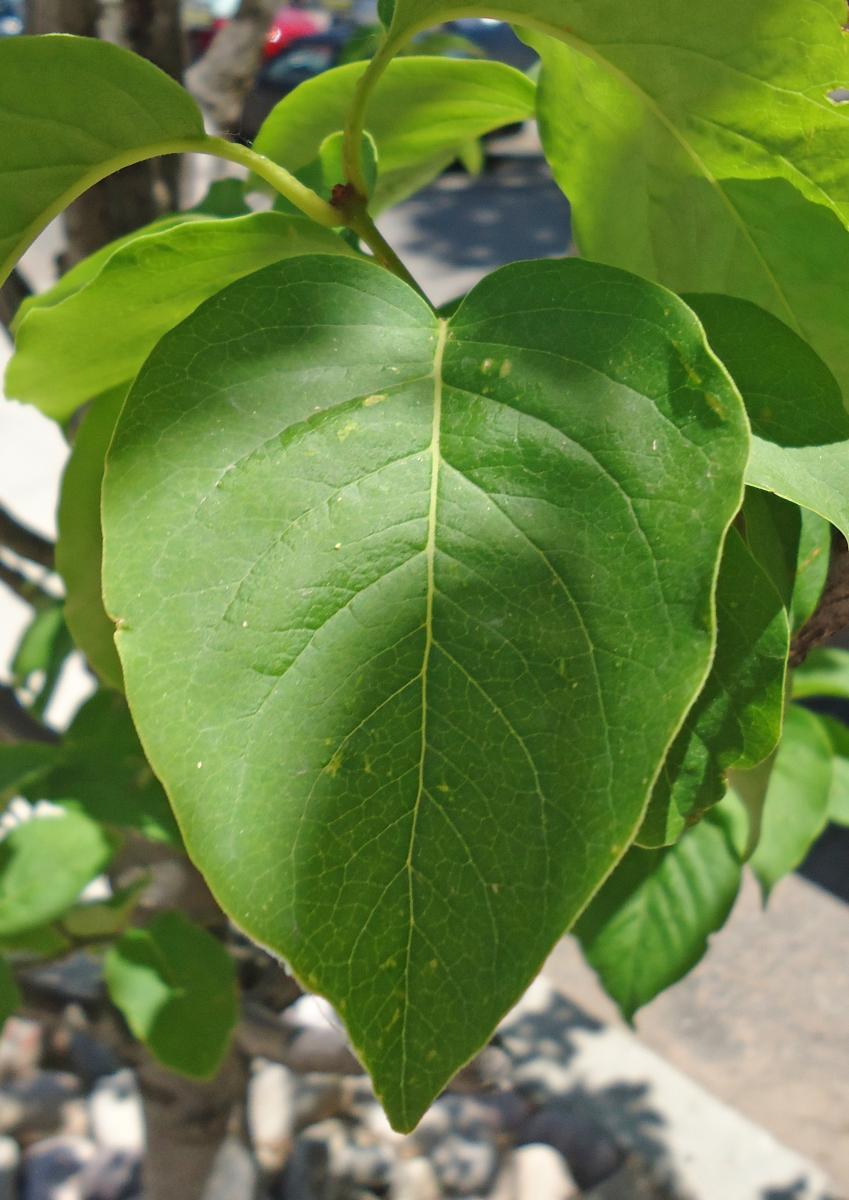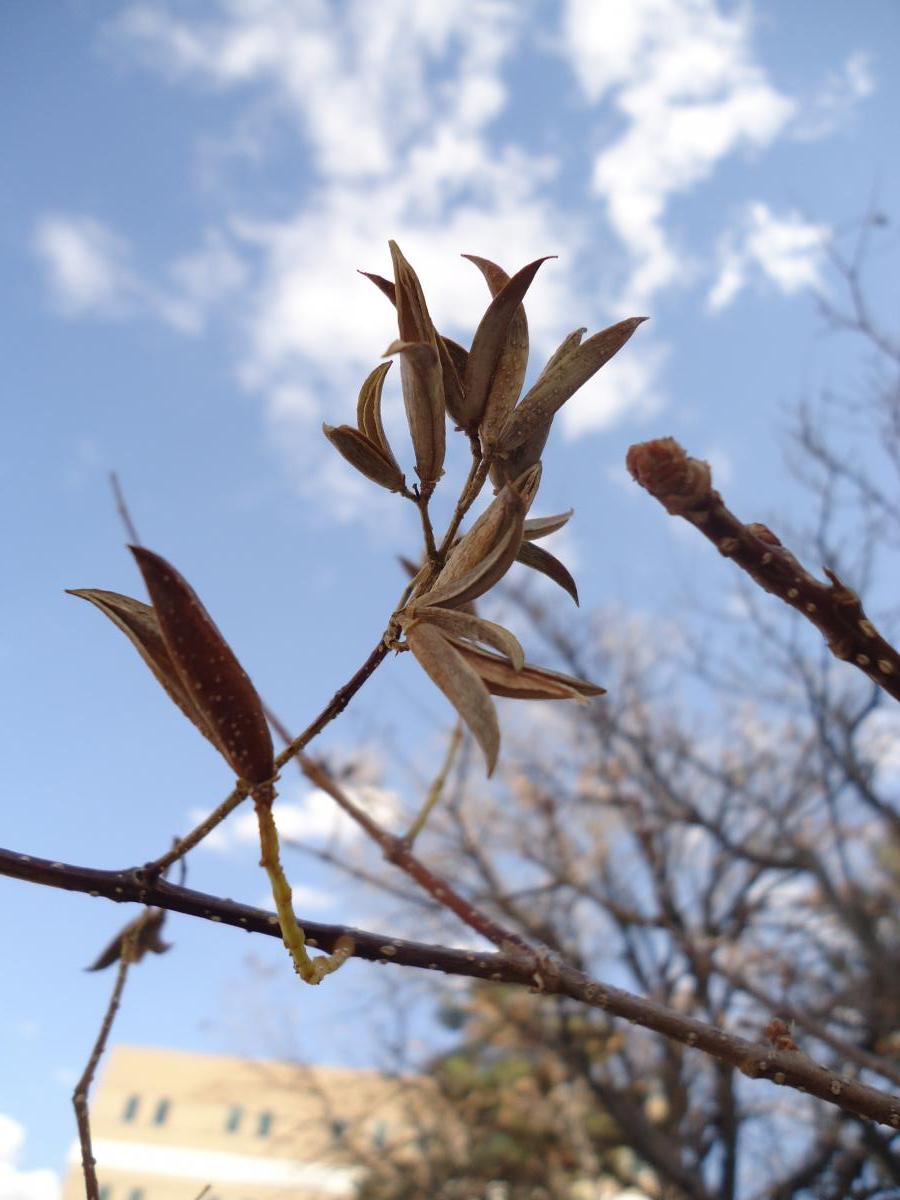Japanese Lilac Tree








Sryinga reticulata
Leaves: Deciduous. Leaves have smooth edges and are a broad oval shape, 2 to 5½ inches long, about ½ as wide, with a pointed tip. Dark green color. Not good fall color, yellow to brown. Leaves emerge early.
Bark/Twigs: Shiny, reddish brown to brown colored bark, with abundant horizontal white, small dots (lenticels), resembling cherry bark. On older trunks bark is gray and scaly.
Flowers/Fruit: Creamy white, extremely showy, fragrant flowers. Blooms in large 6 to 12 inches long, and 6 to 10 inches wide, terminal clusters (panicles) in early June for 2 weeks. Dried, ¾ inch long, brown, lilac-looking capsule fruit.
Mature size and shape: Small to medium. 20 to 30 feet high x 15 to 25 feet wide. Stiff spreading branches developing a somewhat oval to rounded crown. As they mature, branches become somewhat arching and graceful.
General information/special features: Plant in full sun for best flowering. Loose, well-drained soil is preferred. Not very heat tolerant. Prefers cool summers. Tolerates alkaline soil. Fairly tough, relatively insect and disease free.
Landscape use and maintenance: Good specimen tree. Can be used as a street tree. Average growing rate. Average maintenance. Prune after flowering.
USDA Hardiness Zone: 3 to 7
Family/Origin: Oleaceae – Olive. Native of Japan.
Campus Use: Somewhat uncommon. Specimens can be found along the north side of the LeRoy Cowles Building (Bld 13) or the east side of Gardner Hall (Bld 3).
